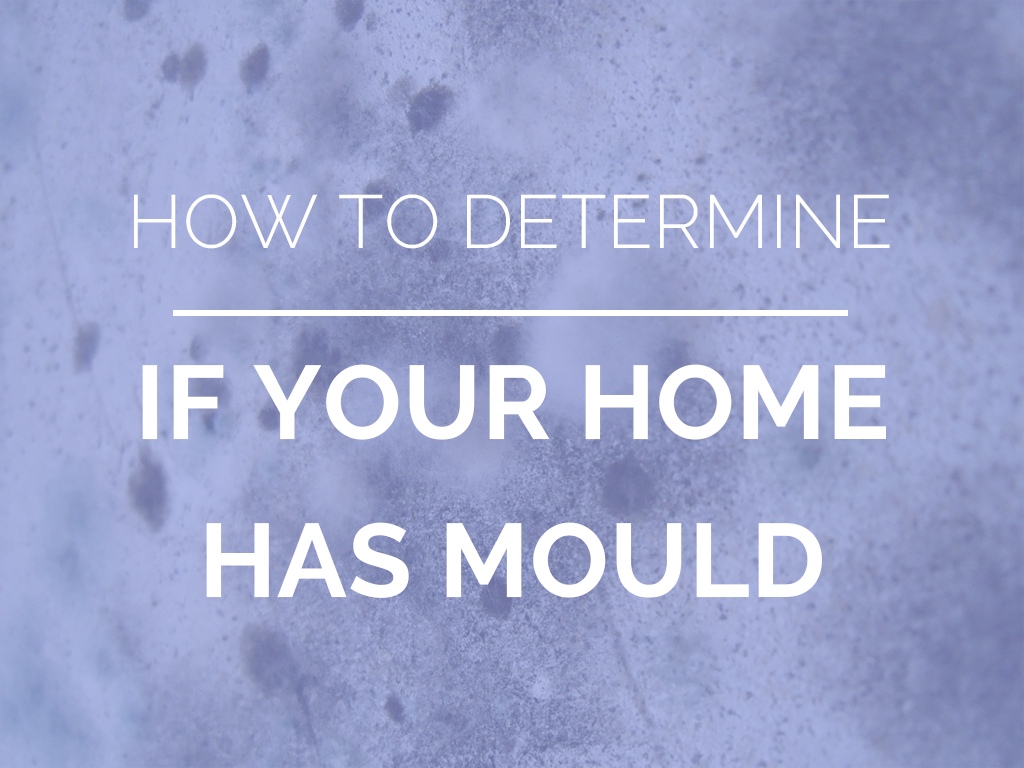Mould is an issue that effects many homes around the UK. Mould grows where there is moisture, so is mainly found in areas such as kitchens, bathrooms and basements. Exposure to these damp and mouldy environments can cause various health issues for some people, including nasal stuffiness, throat irritation, coughing or wheezing, eye irritation and in some cases skin irritation, so it is important that you get rid of it and prevent it. Many people however are unsure of the warning signs of mould and some of them are actually quite difficult to spot, so here are some ways to tell if your property has a problem.
Appearance of Mould
In some areas it is easy to spot the appearance of mould, with it having slimy features and a dark green, black or yellow coloration. These are often found on walls and ceilings and develop into a more hairy appearance as the mould matures. Mould also easily rubs off the surface, which might seem like good news, but actually means it is more likely to have gone airborne, so you will still need to eliminate it from the source and prevent it from happening. Mould can grow underneath your flooring or behind your walls, so you might find bubbles and cracks in your paint and wallpaper and your walls could look warped.
Smell of Mould
Mould has a very strong smell, especially when it is confined to one area of your property. Even if you can’t see the mould itself it could be confiding in your walls or behind your wallpaper, so if you have a musty smell that you can’t quite pinpoint it could well be a sign that your property has mould.
Health Symptoms caused by mould
Are the residents in your home starting to have health issues, such as coughing or breathing issues, that don’t appear to be because of a cold or flu? Do these symptoms subside when they leave the house and come back when they return? This could be a good indicator that your house has mould, which is causing these problems.
Condensation and water issues
If you have excessive moisture on your windows or condensation in your building from your pipes, it will indicate there is a lot of moisture in your home, making it a great breeding ground for mould, so can indicate that mould is already present in your property. If you have had problems such a leak you are at more risk of having mould. Basements are very susceptible to getting mould as they often don’t have a lot of ventilation and often very cold, so if your house has a basement it is important to check this out for damp and mould.
Call in a professional
If you need help diagnosing whether your home has mould, Cornerstone have years of experience in diagnosing condensation, mould and fugal growth. Along with their experienced expertise, Cornerstone use a Remote Monitoring service of internal atmospheric conditions and give a detailed structural moisture survey that help clearly identify the existence of mould and where it is coming from.
